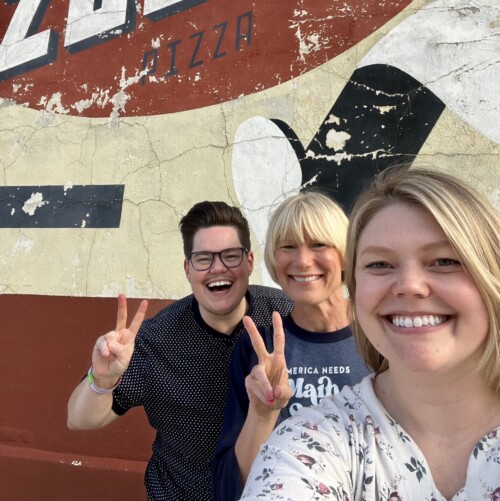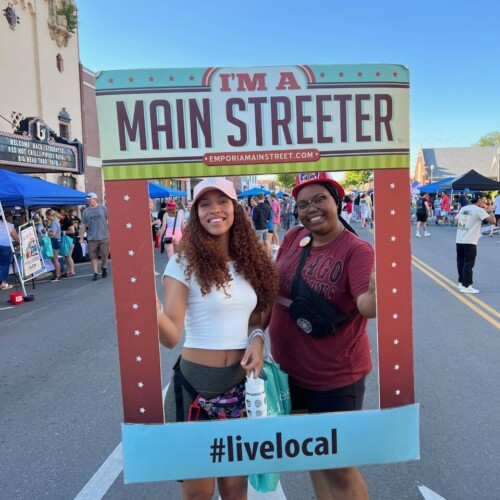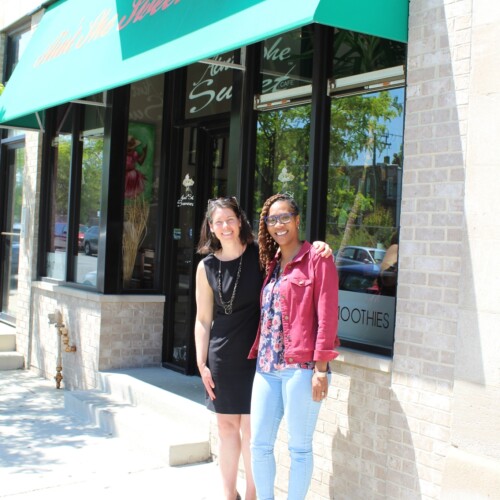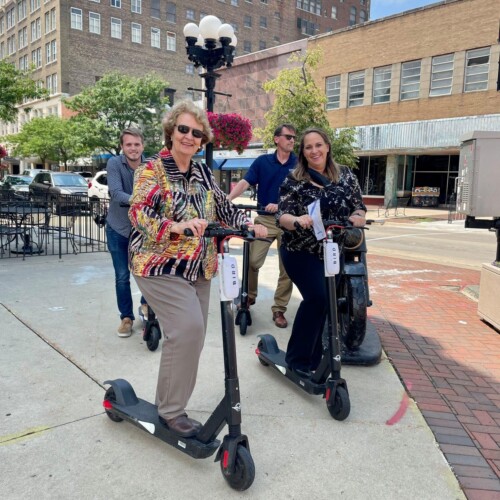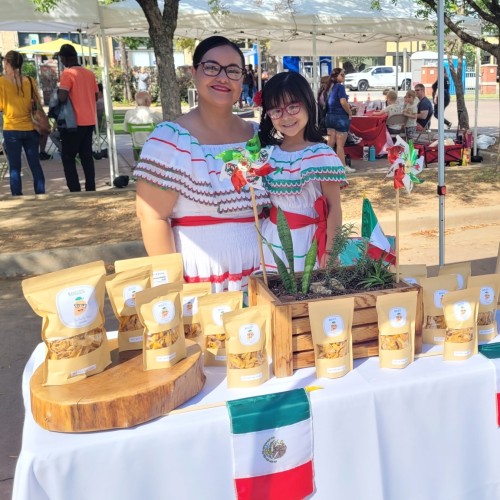June 2, 2021 | Historic Real Estate Financing on Main Street: Trends, Challenges, and Opportunities |
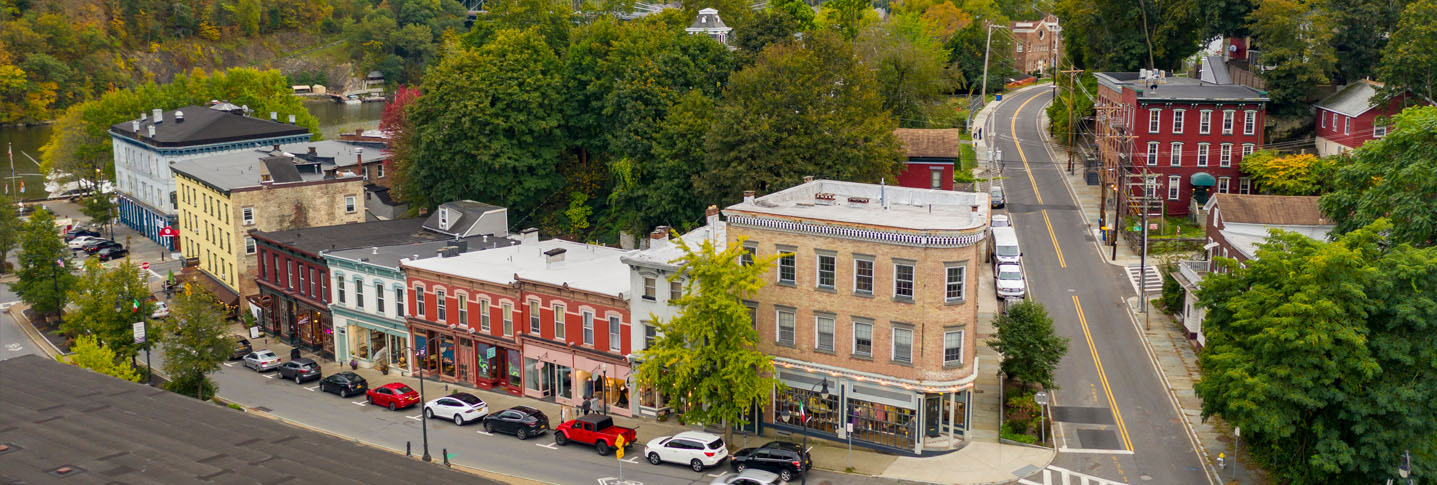
What does the pandemic mean for navigating downtown real estate development deals? How can Main Street programs help position real estate projects for success? We chatted with Corey Leon, Field Director of the Central Team at the National Development Council, trainer for the Historic Real Estate Finance Certification series, and an expert on Main Street real estate financing to find out the answers to these questions and more. In this week's Main Spotlight, learn more about downtown development trends, how to successfully pitch Main Street real estate projects to funders, and challenges and opportunities for historic real estate financing on Main Street.
With the generous support of the 1772 Foundation, the National Development Council’s Historic Real Estate Finance training series will take place online for the first time, with a highly subsidized price of just $250 for Accredited Main Street programs and $500 Main Street America General Members. Part 1 of the Historic Real Estate Finance Training will take place June 14 – 17 from 10AM - 1PM & 2PM - 6PM EDT and June 18 from 10AM - 3PM EDT. Learn more and register here.
How has the pandemic impacted historic real estate financing?
COVID-19 has not been good news for development. It has put a lot of pressure on tenants, and the banks have responded. While there is still a lot of financing out there and the residential market remains strong, projects that include a lot of retail have become more challenging than before. There are Main Street programs out there trying creative ways to get retail funded, but it’s definitely a challenge right now.
What are some opportunities that COVID-19 has presented?
I think now that more places are opening, finding those businesses that have been able to survive COVID-19 shows their resiliency, and communicating that to funders is critical. Explaining to the banks that are looking at your project, this is a business that survived one of the worst disruptions we’ve seen in our lifetimes means that this is a business that has legs and a solid business plan. They’re not a risk, and we can rely on that commercial income for our real estate project. I think there will be new opportunities for those businesses that have survived to expand and contribute to Main Street revitalization.
How can Main Street programs help position real estate projects for success?
Unfortunately, if you’re trying to do a retail project at this moment, the banks are still in shell shock. Things are getting better, and we’re getting better at telling stories about why projects are a safe bet. The banks are naturally conservative, and we need to get them off the sidelines with retail and back into lending. While some retail will continue to suffer, I don’t believe it’s the type of retail typical Main Streets offer, which is locally-owned, more experiential shopping and dining. Those were extremely popular prior to the pandemic, and I think they will continue to be popular. Focusing on that and the uniqueness of Main Street will be key. While that used to be a detriment because the banks like easy, cookie cutter projects, this now may now be our advantage. Main Streets are not the many car-focused strip malls throughout city competing for a diminishing client base. They’re offering something that’s a lot more unique, and that will hopefully become something the bank appreciates. While one never knows, I definitely have some hope.
What trends do you anticipate in historic real estate financing projects on Main Street, especially downtown residential?
First off, there has been a huge interest in residential across the country, along with an interest in urban walkability. Both of these are a natural fit for Main Streets. Whether you’re a tiny town of 2,000 people or a midsized city, interest in housing that has walkable features has been explosive. Number two, there is “the flight to quality.” Residential new units that are priced competitively with existing units will naturally get filled first. There’s enough movement within the residential market that people can easily move, and if something nicer around the same price comes along, they’ll take that option. Banks don’t worry about the absorption of residential that they do with commercial. Especially right now when we have an extremely tight residential market across the nation largely because of demographic trends, banks don’t worry about whether residential fails. If you have a good handle on retail, then adding a residential component will be a snap. 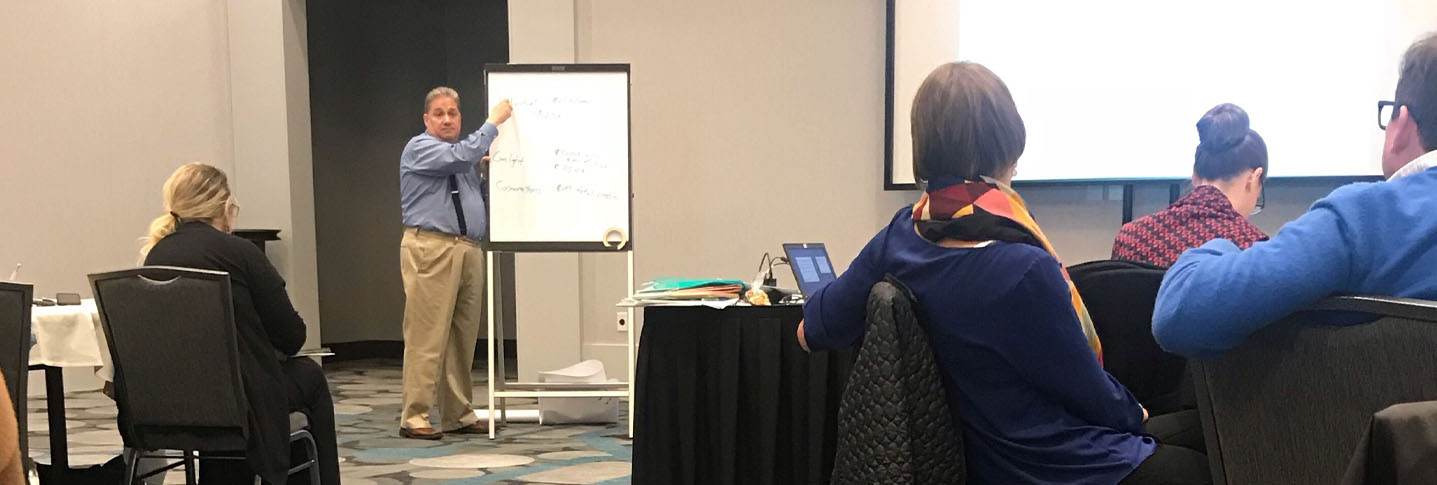 National Development Council Trainer Corey Leon instructs Main Street staff and preservationists at the 2018 Historic Real Estate Finance Certification Training in Des Moines, Iowa.
National Development Council Trainer Corey Leon instructs Main Street staff and preservationists at the 2018 Historic Real Estate Finance Certification Training in Des Moines, Iowa.
What trends are you seeing when it comes to lenders?
One of the other trends I’m seeing is a lot more non-bank lenders, like Community Development Financial Institutions (CDFIs), that are active in markets and more willing to look at mixed-use projects. That’s been a real positive trend I’ve seen across the country. Whether the CDFI is willing to do the entire loan or be a subordinate lender on a project, in either case it’s helping these projects get the financing they need. We’ll talk a little about CDFI’s in the course, but CDFI’s still use the basic underwriting skills we’ll talk about in the class. Whether it’s a bank lender or non-bank lender, the fundamentals are the same. You have to cover the debt service with income from the property. That’s key. Understanding how you calculate that income will benefit you, whatever source of funding you’re going after.
What can Main Street programs expect out of the Historic Real Estate Finance course, especially with it being online this year?
The aim of the course is to give folks a solid working knowledge of real estate finance, and how they can apply that to projects within their communities—whether they’re working with an owner looking to sell, a buyer who it looking to buy, or developing a building themselves. We go through fundamentals of how real estate is valued, how real estate is developed, and how real estate is leased.
With each new concept, we have a case study that applies that concept in a real case that you might see on Main Street. All cases were projects that NDC has done at some point in past. At the end of each day, we have a cumulative case, where all of the concepts from that day are applied at same time. The course is online this year and more affordable, since there’s no need to travel for it. This is still the same intense course as it was in person, and it will need your full attention, as well as the use of some math skills.
